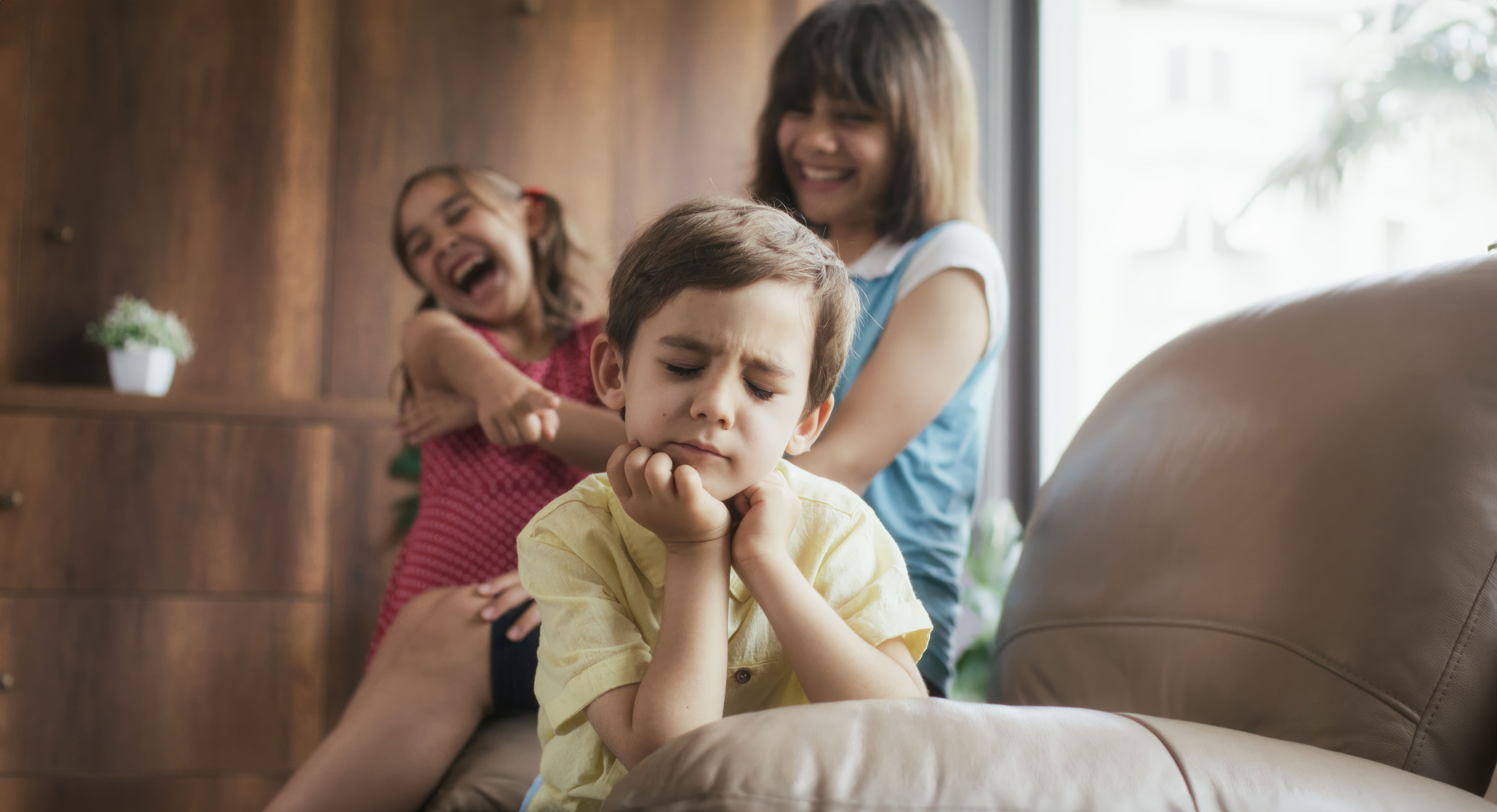Rethinking Bullying: Challenging the Rite of Passage Myth
Understanding Bullying Beyond Tradition
For many years, bullying has been considered a rite of passage—a seemingly unavoidable part of growing up. This perception has allowed harmful behaviors to persist unchallenged. However, it's time to rethink this narrative and understand that bullying is not an essential component of childhood development. Instead, it is a damaging experience that can have long-lasting effects on individuals.

Why the Rite of Passage Myth Persists
The belief that bullying is a natural part of growing up stems from outdated societal norms. Many adults were taught to view bullying as a test of resilience, where enduring harassment was seen as a way to toughen up. This myth perpetuates a culture that trivializes the emotional and psychological impact of bullying.
Another reason this myth persists is the lack of awareness and education about the true nature and consequences of bullying. Without understanding its serious implications, it's easy to dismiss bullying as mere "kids being kids" rather than recognizing it as a significant issue that requires intervention.
Reevaluating the Impact of Bullying
Research has shown that bullying can lead to severe emotional distress, anxiety, depression, and even physical health issues. Victims often carry these scars well into adulthood, affecting their self-esteem and ability to form healthy relationships. The notion that bullying builds character is not only misleading but dangerous, as it downplays these very real consequences.

By acknowledging the harmful effects of bullying, we can begin to break free from the rite of passage myth. This requires a collective effort to educate both children and adults about empathy, kindness, and the importance of creating a supportive environment for everyone.
Strategies for Change
To challenge the rite of passage myth and combat bullying effectively, we must implement comprehensive strategies. Here are some steps that can be taken:
- Education: Schools and communities should provide education on the effects of bullying and promote empathy-building activities.
- Open Communication: Encourage open discussions about bullying among students, teachers, and parents to create a more understanding environment.
- Support Systems: Establish strong support systems for both victims and perpetrators, focusing on rehabilitation rather than punishment alone.

The Role of Parents and Educators
Parents and educators play a crucial role in dismantling the rite of passage myth. By modeling respectful behavior and addressing instances of bullying promptly and effectively, they can set a standard for acceptable behavior. It's also important for them to foster an environment where children feel safe to report bullying without fear of retaliation.
Furthermore, teaching children about the importance of kindness and respect from an early age can help prevent bullying before it starts. When children understand the impact of their actions on others, they are less likely to engage in harmful behaviors.
A Call to Action
Ultimately, challenging the rite of passage myth requires a societal shift in how we view and address bullying. We must move away from outdated beliefs and towards a more compassionate approach that prioritizes the well-being of all individuals involved.
By rethinking our approach to bullying, we can create a future where children grow up in an environment that values empathy, respect, and understanding—a future where the harmful myth of bullying as a rite of passage is finally put to rest.